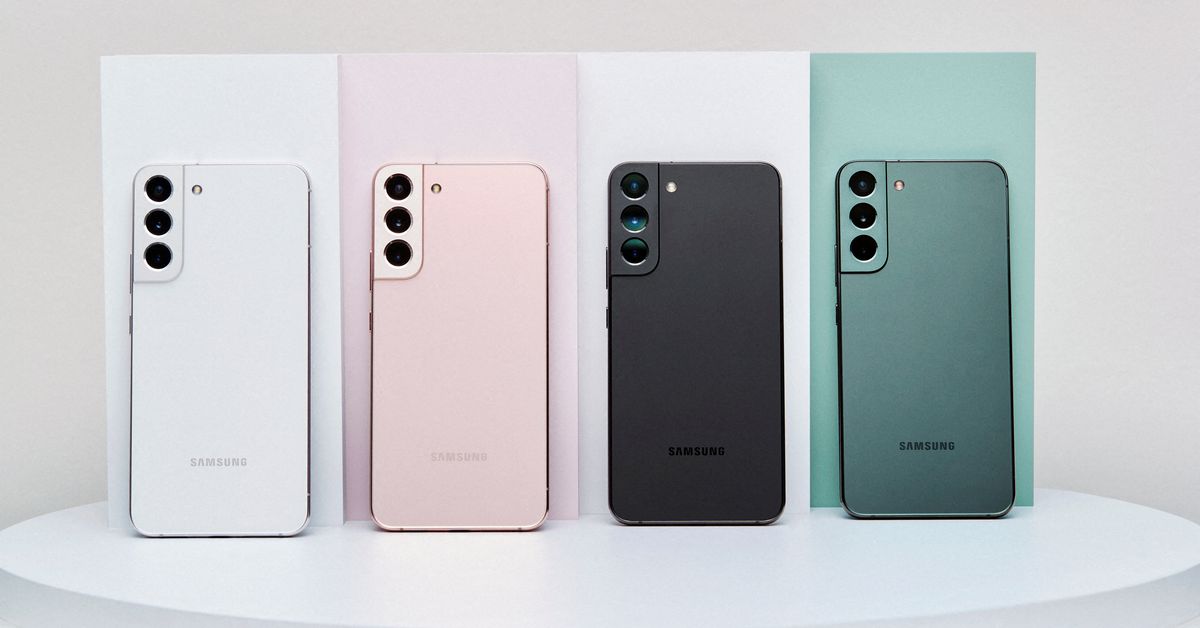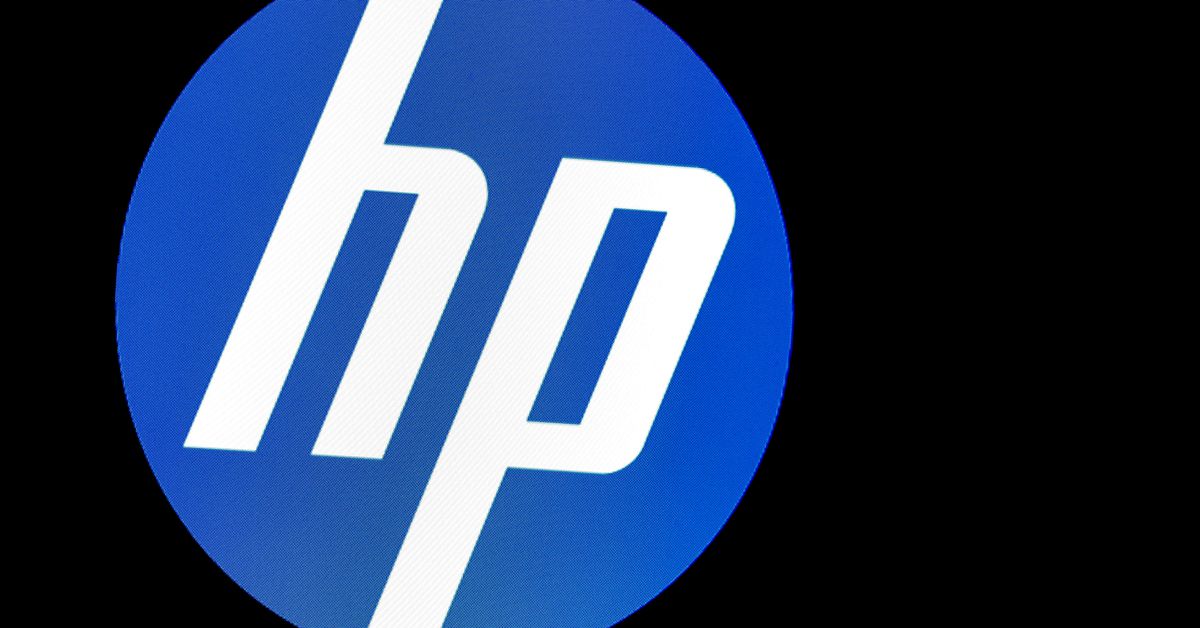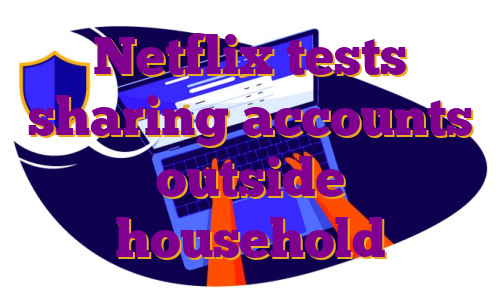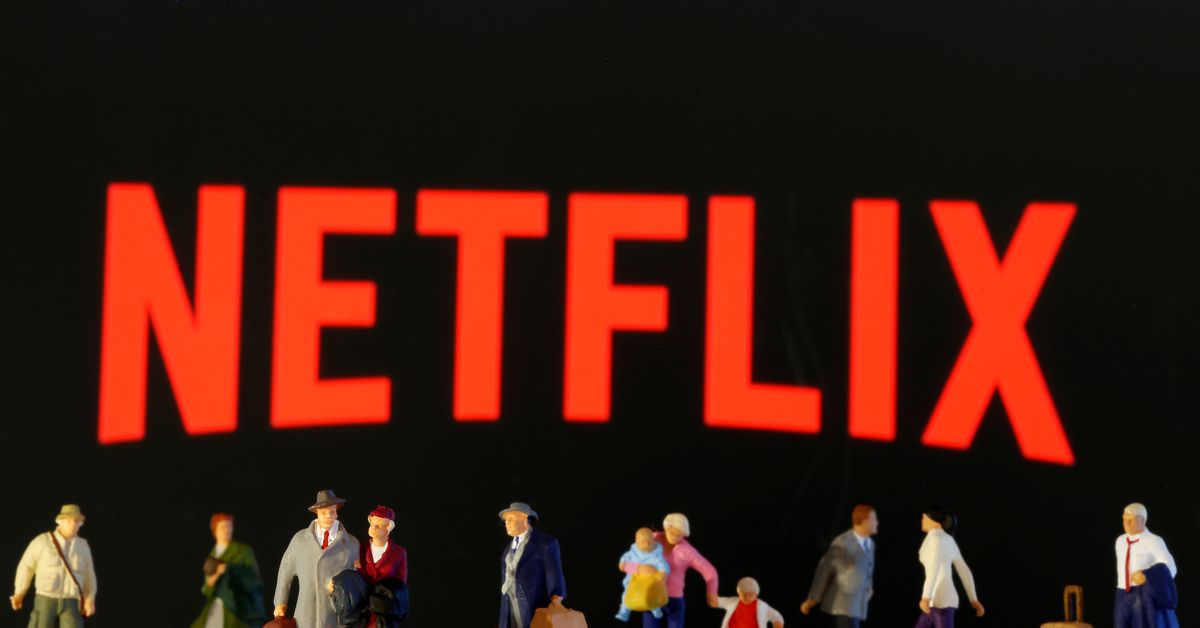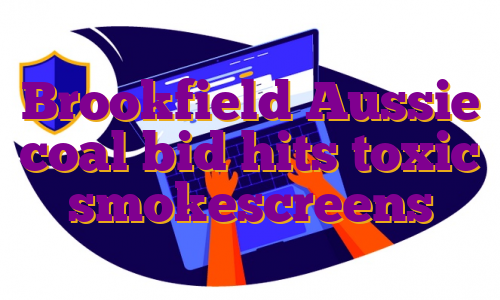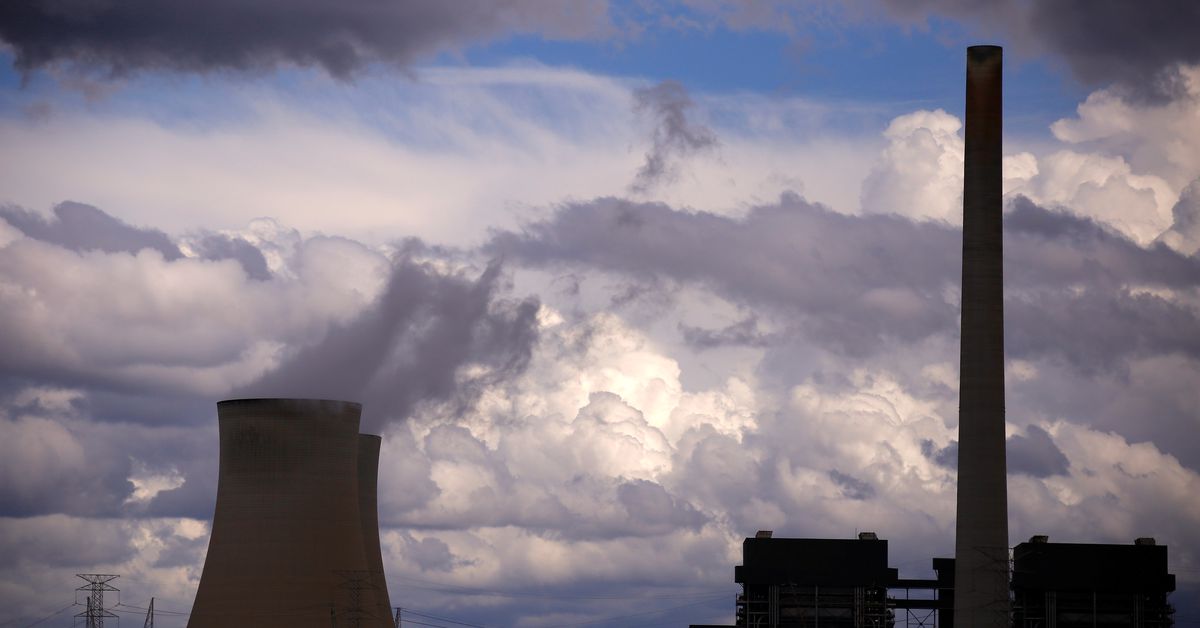SEOUL, April 8 (Reuters) – Samsung Electronics’ (005930.KS) flagship Galaxy S22 smartphone has taken a battering from reports of hobbled performance and has seen its price halved at home in South Korea just weeks since its launch, hurting its image as an iPhone rival.Consumers have complained – and even filed a class-action lawsuit – about the handset maker advertising what it called its most powerful smartphone yet with scant detail about performance management software that they say drastically slows the premium device when using processor-intensive applications.Such are the complaints that the Korea Fair Trade Commission last month began investigating the world’s biggest phone vendor.Register now for FREE unlimited access to Reuters.comThe controversy represents a blow to Samsung’s reputation for high-end handsets – and potentially its finances – as it tries to make up for two years of premium sales that missed analyst estimates and reverse a decline in market share.”The dispute will inevitably be a big hit to Samsung’s credibility,” said analyst Lee Seung-woo at Eugene Investment & Securities.At the heart of complaints is Samsung’s Game Optimising Service (GOS) which manages device performance during gaming to prevent overheating and preserve battery life. The manufacturer introduced the software in 2016, just months before it pulled its premium Galaxy Note 7 following a series of battery fires.GOS automatically limits handset performance during gaming but also during use of other performance-intense applications, said Geekbench, a widely used performance scorer, which found the software slowed the S22’s processor by as much as 46%.The extent to which GOS slows the S22, lack of details about the software in marketing materials, and the inability to disable it set social media alight.”This is an unprecedented, crazy issue that can’t be excused in any way,” ITSub, a YouTuber with 2.1 million subscribers who specialises in gadgets, said in a YouTube post.Samsung said it issued an update to allow users to disable the software with no risk to safety. It also said it would continue to invest to innovate in both hardware and software.PRICE DROPThe S22 series hit sales of 1 million handsets in South Korea within six weeks of release, reaching the mark two weeks faster than its predecessor, Samsung said.”The intentional performance downgrade surely had a negative effect, but its actual impact on Samsung’s sales seems limited. Data shows that sales are not much affected,” said analyst Kim Ji-san at Kiwoom Securities.Still, South Korea’s three major telecom providers have nearly doubled subsidies for the S22, pushing its price as low as 549,000 won ($451) from a launch of 999,000 won. Apple Inc’s (AAPL.O) iPhone 13, released in October, starts at 1,090,000 won with carriers offering smaller subsidies of around 150,000 won.”When subsidies go up simultaneously at all three telcos, it’s typically the manufacturer making up the contributions,” said an official at carrier LG Uplus Corp (032640.KS), declining to be identified due to the sensitivity of the matter.Samsung’s 2021 market share in devices over $400 shrank 3 percentage points to 17% from a year prior, while Apple’s rose 5 percentage points to 60%, showed data from market researcher Counterpoint. The data also showed sales of both the S20 and S21 fell short of the S series’ first-year norm of 30 million units.Early shipments of the S22, launched late February, indicate Samsung will move over 6 million handsets by March-end, broadly in line with expectations, said Counterpoint Associate Director Sujeong Lim.Still, Lee at Eugene Investment & Securities, expects the GOS furore to combine with increased component costs to leave April-June operating profit at Samsung’s mobile arm at 3 trillion won, down from a previous forecast of 3.4 trillion won.IBK Investment & Securities analyst Kim Un-ho also downgraded his forecast to 3 trillion won from 3.5 trillion won.Samsung on Thursday said it expects to report an estimated 50% jump in overall January-March operating profit on April 28, as demand for its memory chips remained solid. read more SPEED LIMITTeardowns of the lowest-priced S22 showed the handset lacked a cooling component called a vapour chamber, implying increased reliance on software to manage overheating, reviewers said.Analysts said the lean toward software solutions stems from a renewed policy to cut costs – a strategy they said erodes a reputation as an innovator based on hardware strength.Lee said Samsung “is putting too much emphasis on cutting costs, which led to this unfortunate case.”One consequence of the switch is a class-action lawsuit from 1,885 consumers arguing Samsung’s marketing inflates the S22’s performance.”If Porsche has a speed limit of 100 kilometres (62 miles)per hour, would you still buy it?” said Kim Hoon-chan, the lawyer representing the consumers, adding that some 1,500 people have joined to file a second class-action suit.($1 = 1,218.4000 won)Register now for FREE unlimited access to Reuters.comReporting by Byungwook Kim; Additional reporting by Joyce Lee; Editing by Miyoung Kim and Christopher CushingOur Standards: The Thomson Reuters Trust Principles. .
HP seeks to ride hybrid work boom with $1.7 billion Poly buyout
March 28 (Reuters) – HP Inc (HPQ.N) said on Monday it would buy audio and video devices maker Poly (POLY.N) for $1.7 billion in cash as it looks to capitalise on the hybrid work led boom in demand for electronic products.Shares in HP, which expects the deal will position it for long-term growth, fell 1.4% in premarket trade.The company has offered $40 for each share of Poly, formerly known as Plantronics, which represents a premium of about 53% to the stock’s last closing price. Including debt, the deal is valued at $3.3 billion.Register now for FREE unlimited access to Reuters.com“The rise of the hybrid office creates a once-in-a-generation opportunity to redefine the way work gets done,” HP Chief Executive Officer Enrique Lores said.With the global healthcare crisis boosting the need for hybrid work, the market has seen several acquisitions, including business software maker Salesforce.com’s (CRM.N) $27.7-billion purchase of workplace messaging app Slack Technologies Inc last year. read more Poly, whose shares rose 49% in premarket trade, said it would be required to pay a fee of $66 million if the deal is terminated.The transaction is expected to close by the end of 2022.Register now for FREE unlimited access to Reuters.comReporting by Tiyashi Datta in Bengaluru; Editing by Aditya Soni and Vinay DwivediOur Standards: The Thomson Reuters Trust Principles. .
Netflix tests sharing accounts outside household
Small toy figures are seen in front of diplayed Netflix logo in this illustration taken March 19, 2020. REUTERS/Dado Ruvic/IllustrationRegister now for FREE unlimited access to Reuters.comMarch 16 (Reuters) – Netflix Inc is testing features including one that will allow accounts to be shared outside members’ household at an extra cost, the streaming pioneer said on Wednesday.The company is testing the features in Chile, Costa Rica and Peru allowing members on its standard and premium plans to add up to two people.Netflix is also studying another feature that will allow members on a basic, standard or premium plan to transfer their profile information to a new account or a sub account retaining data such as viewing history and personalized recommendations. (https://bit.ly/3CLKbF2)Register now for FREE unlimited access to Reuters.comThe company currently allows people who live together to share their Netflix account. However, the plans have created some confusion about when and how accounts can be shared, the company said, adding it is impacting its ability to invest in new content.The company said it would test the features for their utility before making changes in other parts of the world.Netflix in January tempered its growth expectations, projecting customer additions in the first-quarter at less than half of Wall Street’s expectations citing the late arrival of anticipated content. read more Register now for FREE unlimited access to Reuters.comReporting by Akash Sriram in Bengaluru; Editing by Shailesh KuberOur Standards: The Thomson Reuters Trust Principles. .
Retailer Canadian Tire to strengthen game with over $2 bln investment
People walk out of a Canadian Tire Store that is located by a Mark’s clothing store, which is owned by Canadian Tire Corporation in Toronto, May 8, 2014. REUTERS/Mark Blinch Register now for FREE unlimited access to Reuters.comMarch 10 (Reuters) – Canadian Tire Corp Ltd (CTCa.TO) said on Thursday it would invest C$3.4 billion ($2.66 billion) over the next four years on its physical and online presence, as it looks to build on the gains made from the pandemic-led online surge.To lure more customers and get a bigger share of their spend as competition grows, retailers are beefing up their online business and offering everything from attractive loyalty programs to personalized promotions online.Toronto, Ontario-based Canadian Tire said it would expand its rewards program and rollout its premium annual membership across its stores nationwide, while also introducing over 12,000 new products under its owned brands by 2025.Register now for FREE unlimited access to Reuters.comThe owner of SportChek and Mark’s store banners also said it would invest about C$675 million to boost its supply chain infrastructure by adding more warehouse space and opening a new e-commerce fulfillment center.Shipping delays and product shortages plagued retailers last year, forcing them to look at ways to strengthen their supply chains to ensure well-stocked shelves to meet rising consumer demand.Canadian Tire said about C$1.2 billion of its investment would go toward improving the connection of its digital and physical channels, to boost its same-day pickup options, including curbside.Canadian Tire said it expects to grow same-store sales, excluding fuel, by more than 4% annually by 2025, with a profit target of more than C$26 per share.RBC analyst Irene Nattel said the forecast was likely “well above Street expectations.”The company reported earnings of C$18.38 per share last year and had recorded a nearly 30% surge in e-commerce sales.($1 = 1.2803 Canadian dollars)Register now for FREE unlimited access to Reuters.comReporting by Deborah Sophia and Praveen Paramasivam in Bengaluru; Editing by Shinjini GanguliOur Standards: The Thomson Reuters Trust Principles. .
Brookfield Aussie coal bid hits toxic smokescreens
Storm clouds can be seen behind chimneys at the Bayswater coal-powered thermal power station located near the central New South Wales town of Muswellbrook, Australia, March 14, 2017. Picture taken Mach 14, 2017. REUTERS/David Gray Register now for FREE unlimited access to Reuters.comRegisterMELBOURNE, Feb 23 (Reuters Breakingviews) – Brookfield Asset Management (BAMa.TO) and Grok Ventures’ A$5 billion ($3.6 billion) offer for AGL Energy read more has reignited Australia’s dirty climate wars. The asset manager and the investment fund of Atlassian (TEAM.O) co-founder Mike Cannon-Brookes want to plough up to A$20 billion into the coal-heavy power company to speed its shift to solar and wind. That ought to be a welcome development for a struggling target read more and for a federal government finally paying lip service read more to net-zero greenhouse-gas emissions. Instead, they’re returning to tired old anti-renewables tropes.The bidders face some deserved hurdles as it is. Success would mean Brookfield part-owning not just Australia’s largest power producer and retailer, but also, thanks to a recent A$10 billion club deal for AusNet, significant parts of the country’s transmission grid. That raises potential but probably not insurmountable competition concerns.To seal a deal, wannabe buyers also need to up their 4.8% premium. Some shareholders may agree that AGL’s plan to demerge its two divisions will destroy value, but Brookfield and Grok have to work off where the shares trade, not where they think they should. AGL Chief Executive Graeme Hunt is overplaying his hand implying he needs at least a 30% premium to start talks. But there’s probably some middle ground.Register now for FREE unlimited access to Reuters.comRegisterTrouble is, Hunt is raising the more serious spectre of Brookfield-Grok disrupting the energy market. That seems disingenuous while pitching for a higher offer, but he’s following the government’s lead: On the back of the bid, Prime Minister Scott Morrison warned early coal plant closures mean “electricity prices go up”. Treasurer Josh Frydenberg asserted it was an “indisputable fact” proved by the 2017 closure of Hazelwood power station.That specific comparison is wielded out of context: French owner Engie only gave six months’ notice before switching Hazelwood off, with no plans to replace production. And rising gas prices and big coal suppliers gaming the system also played a big role in price hikes, according to Australia’s own competition commission and researchers at the University of Melbourne.Brookfield and Grok are giving at least eight years’ notice and will only mothball coal once enough renewables are up and running. Of course, a parliamentary election due by May is fuelling tried and tested populist politics. The buyers could do without the toxic smokescreen.Follow @AntonyMCurrie on TwitterCONTEXT NEWS- AGL Energy Chief Executive Graeme Hunt on Feb. 22 said the A$5 billion ($3.6 billion) offer from Brookfield Asset Management and Grok Ventures offered very poor value for shareholders. He told The Australian newspaper that investors “typically, for a change of control…are looking for premium 30-40 plus per cent over whatever the appropriate share trading range is for the company”.- Hunt also called into question the consortium’s ability to replace AGL’s coal-fired power stations with adequate renewable energy sources by 2030. On the same day federal Treasurer Josh Frydenberg said it was an “indisputable fact” that energy prices will go up if coal-fired power stations close early, referring to the shutdown of the Hazelwood plant in Victoria in 2017.- Any takeover offer which leaves a foreign company owning 10% or more in an Australian company deemed part of critical infrastructure like energy, financial services, food and grocery, and water and sewage is subject to approval by the Foreign Investment Review Board, which submits its recommendations to the country’s Treasurer.- AGL’s bid represents a 4.8% premium to the stock’s closing price on Feb. 18. The prospective buyers made their approach on Feb. 19. The company’s board said on Feb. 21 that it had rejected the offer.Register now for FREE unlimited access to Reuters.comRegisterEditing by Jeffrey Goldfarb and Katrina HamlinOur Standards: The Thomson Reuters Trust Principles. .


